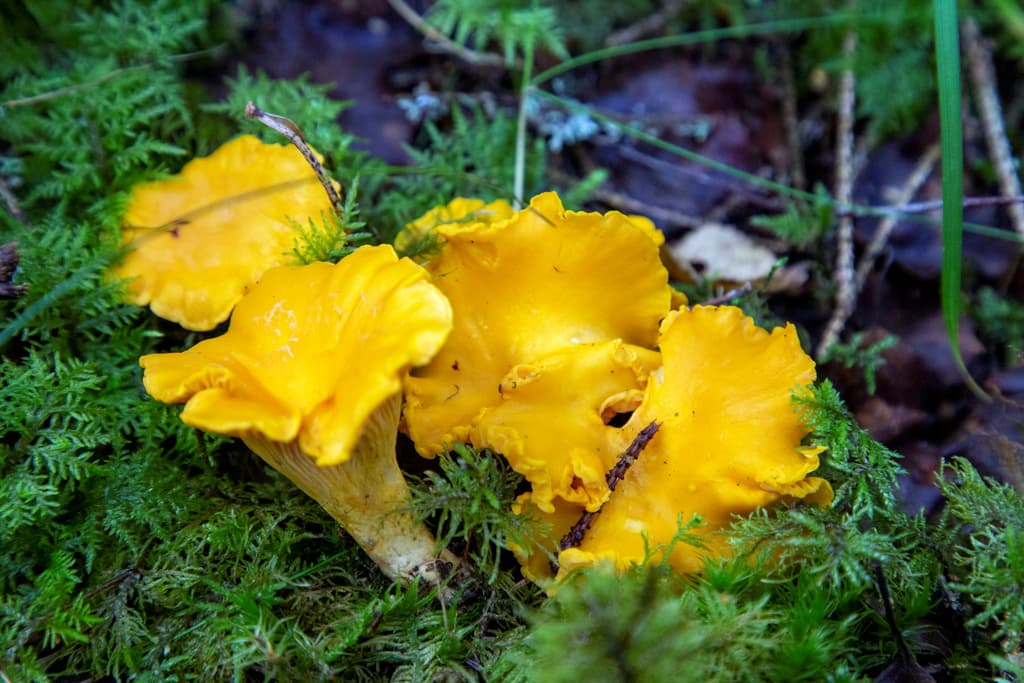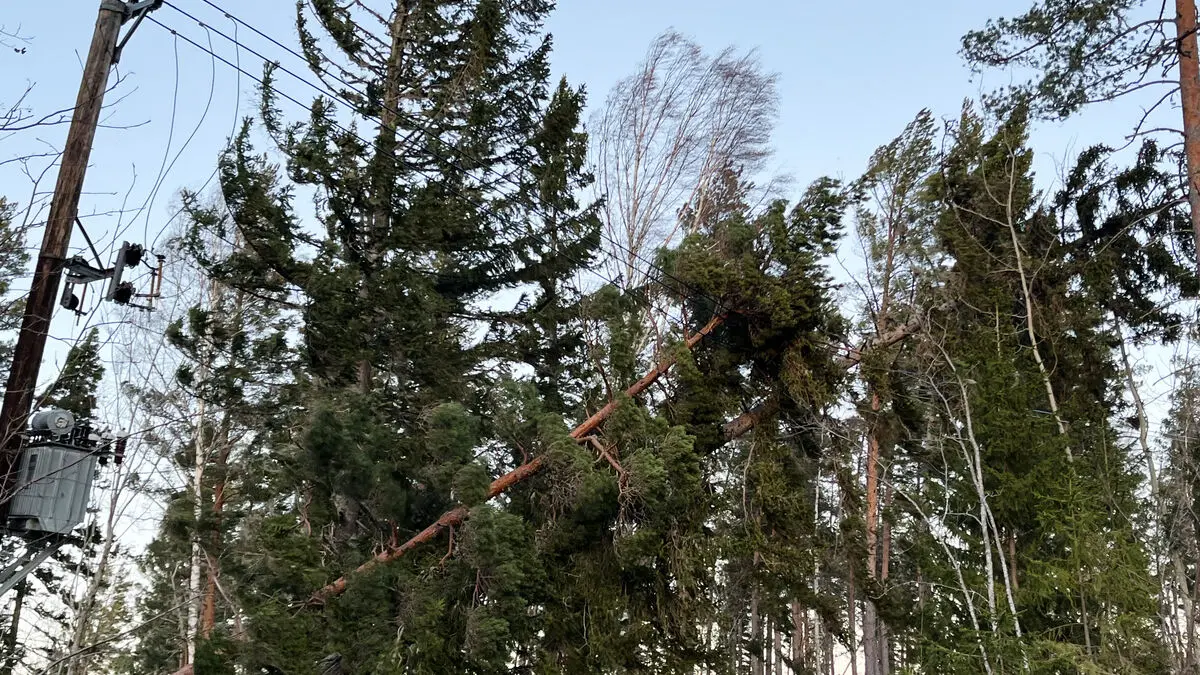The forest's gold – chanterelles – gets many inexperienced Swedes to venture out into the forest every year. The season begins in the summer, but what is required for them to grow, and where can you find them?
They are called summer chanterelles. But it is actually a nickname and not a separate species. Some believe it is ordinary chanterelles that appear in the summer, and others believe it is the pale chanterelle, which is a separate species, explains Michael Krikorev, mycologist at the Swedish University of Agricultural Sciences.
They are very similar, and not everyone can tell them apart; in principle, both are chanterelle-yellow and taste the same.
The first specimens appear at the beginning of June if the weather has been favourable, i.e., not too dry.
By midsummer, there are usually a few small ones, but it's never a large quantity that early.
Chanterelles grow slowly. It takes many weeks or even months for them to grow large, unlike other mushrooms that grow up in a few days.
You can try, if you find a spot, not to be too greedy and let them grow or at least leave the smallest buds, advises Michael Krikorev.
Finding the forest's gold
Chanterelles and pale chanterelles live in symbiosis with trees and cannot live without the trees' roots. You can find them by the trees and above their roots, as far as 10 to 20 metres from the trunk.
In dry years, you have to search in north-facing slopes and shady, humid places. In rainy years, they can be found almost everywhere where the host trees grow.
Pale chanterelles grow with oak, beech, and hazel, which do not grow in northern Sweden. It is said that they can be found south of the Dalälven River. They are not found among moss, but among last year's leaves directly on the ground.
Ordinary chanterelles can also be found in mossy spruce forests and grow with several different tree species, making them accessible almost throughout the country.
A good beginner's mushroom
Michael Krikorev does not think chanterelles are that special and believes there are many delicacies to discover in the forest.
A tip is to learn one, two new mushrooms per year. There are so many other mushrooms that are just as good or better.
But it is a very good beginner's mushroom with a good taste that many people like. It is easy to recognize and has no dangerous lookalikes, plus it is rarely infested with larvae or insects.
It has a long season and usually appears around midsummer, and if the weather is favourable, there can be chanterelles throughout the summer, autumn, and late autumn.





